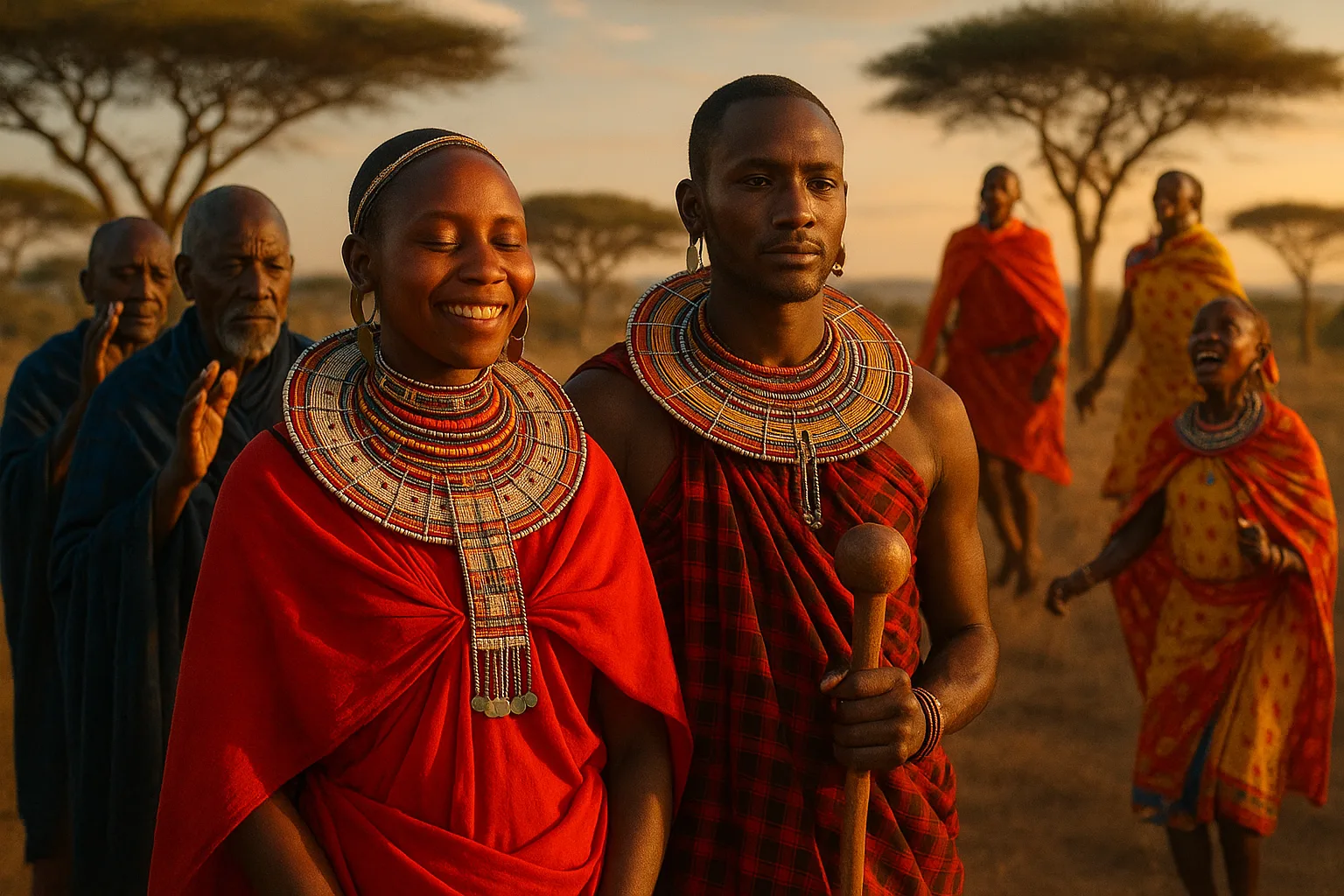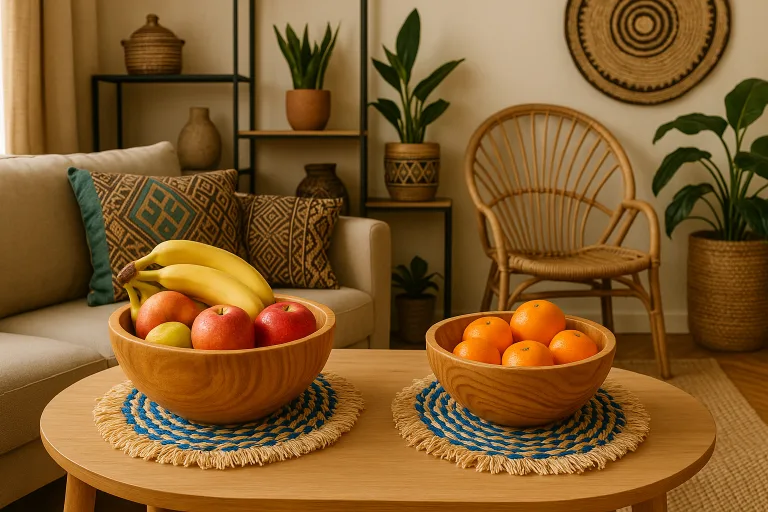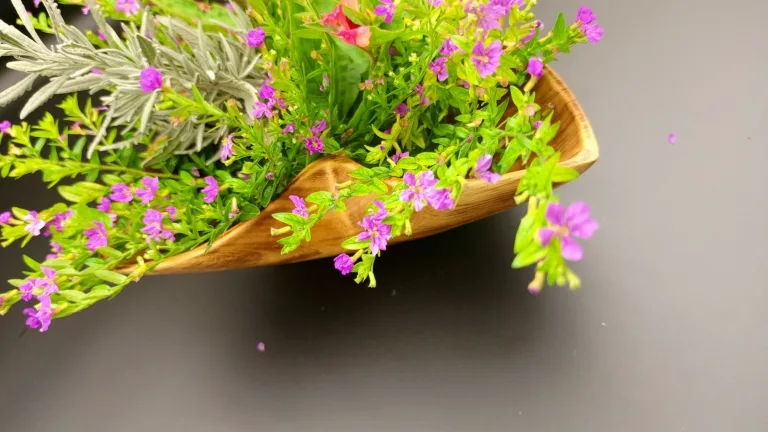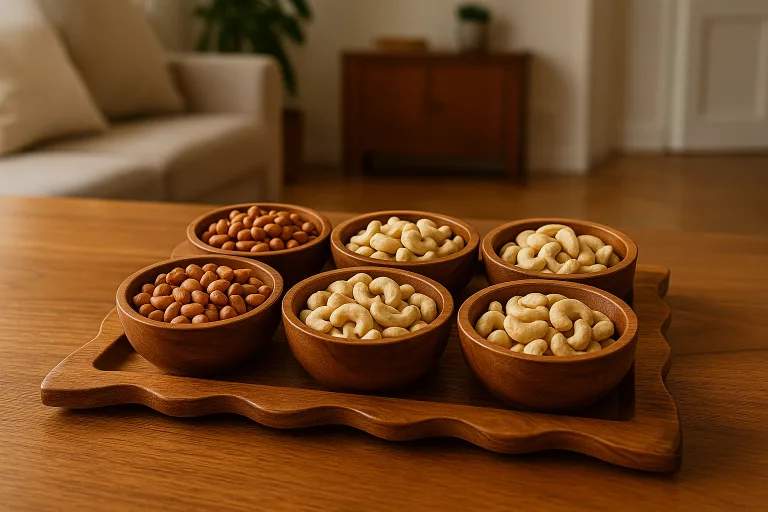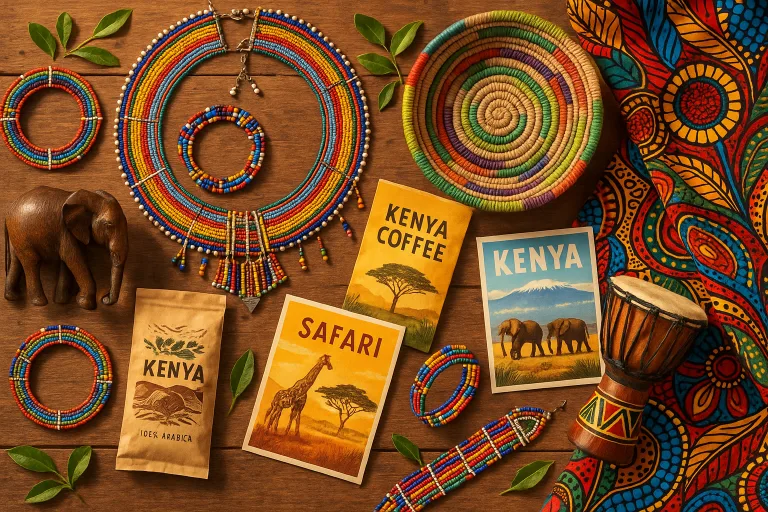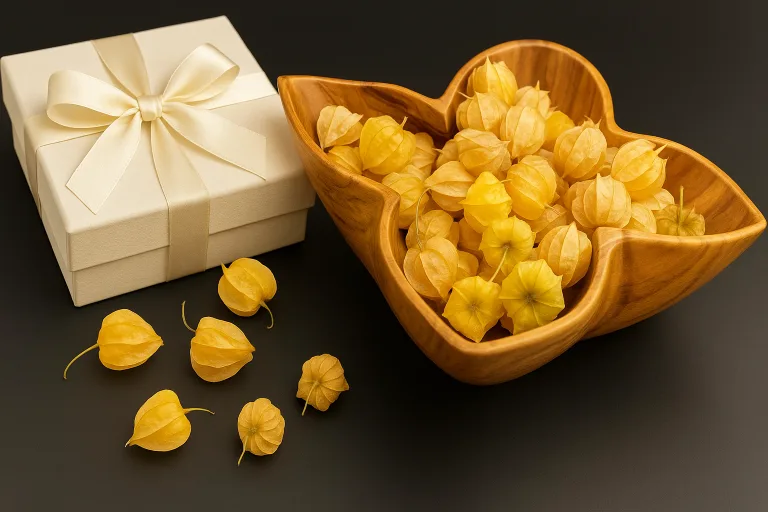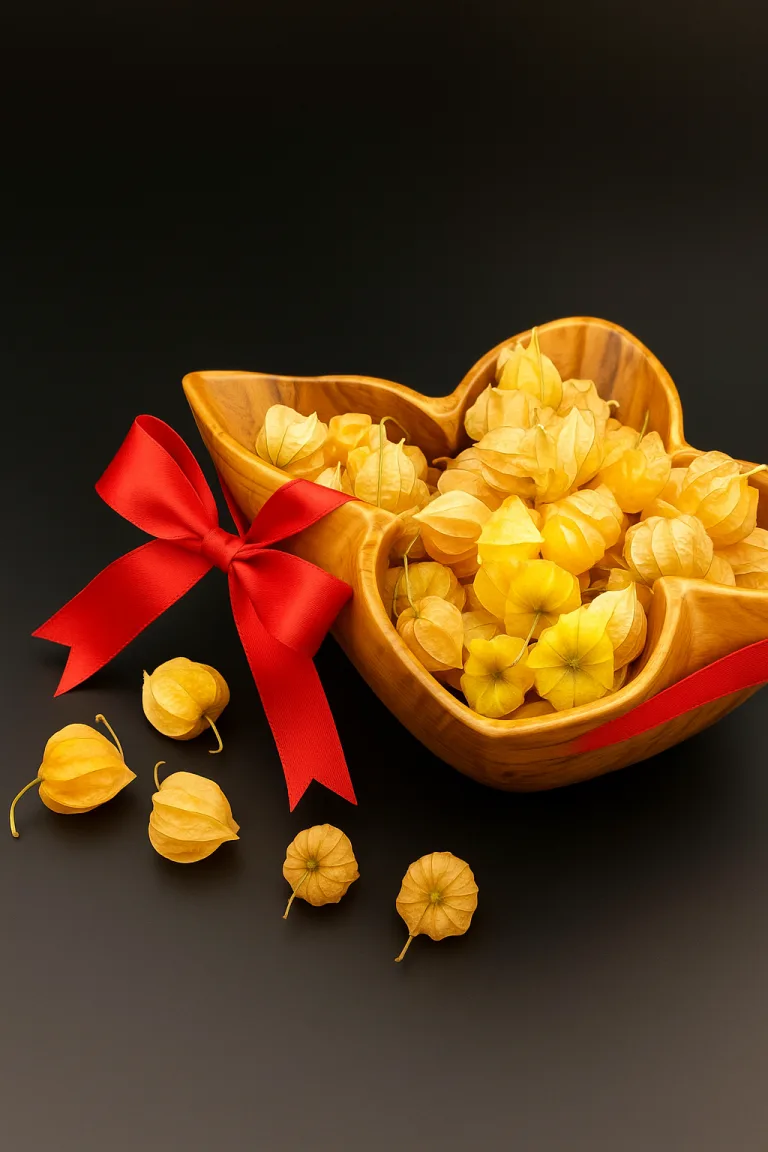Kenyan weddings represent far more than the union of two individuals—they embody the vibrant convergence of families, communities, and ancestral traditions.
With over 40 distinct ethnic tribes across the nation, each celebration weaves a unique cultural narrative while sharing common threads of community, ritual, and joyous celebration .
These ceremonies transform private vows into public declarations witnessed by entire villages, creating unforgettable spectacles of color, music, and deeply symbolic customs passed through generations.
Pre-Wedding Rituals: The Foundation of Union
1. Dowry Negotiations (Ruracio): The journey toward marriage traditionally begins with the intricate ritual of ruracio, where the groom’s family visits the bride’s homestead bearing gifts. This practice among tribes like the Kikuyu, Kamba, and Luhya involves careful negotiation of dowry payments typically including cattle, money, honey, and traditional brews. Far from a simple transaction, this exchange symbolizes respect, gratitude, and the weaving together of two family lineages .
2. Bridal Preparation and Rituals:
- Seclusion and Instruction: In the days preceding the wedding, the bride enters a period of seclusion where aunties and elder women teach her marital responsibilities. During this sacred time, she is exempted from household chores and given special treatments to refine her skin for the wedding day. Visitors bring resources but are rarely permitted to see her directly—a practice believed to protect her from “evil eyes” .
- The Groom’s Challenge: Among the Taita and Kikuyu tribes, a playful yet significant ritual unfolds: several women are wrapped identically in lessos (colorful fabrics), and the groom must correctly identify his bride from among them. This test of familiarity and devotion brings laughter and tension to the pre-wedding festivities .
- Symbolic Gifting: In some communities, the groom’s family slaughters a cow and sends the entire thigh (known as “cow thigh”) to the bride’s family. This gesture ensures those unable to attend the wedding still partake symbolically. Accompanied by singing women, the gift procession signifies mutual respect between families .
Attire: A Canvas of Cultural Identity
Kenyan wedding attire transforms participants into living embodiments of tribal heritage through vibrant colors, symbolic fabrics, and intricate craftsmanship.
Table: Traditional Attire Across Kenyan Tribes
| Tribe | Bridal Attire | Groom Attire | Guest Attire | Symbolic Elements |
|---|---|---|---|---|
| Maasai | Red Shuka cloth, elaborate beadwork, metal collars | Beaded anklets, warrior accessories | Bright shawls and jewelry | Red beads = bravery; Cowrie shells = fertility |
| Taita | Sisal skirt (mahando), covered shoulders | Leather bag (mwangeka) | Colorful lessos | Modesty through full coverage |
| Kikuyu | Modern white gown with African fabric accents | Kanzu (long tunic) or Western suit | Brown attire with shells | Earth tones connect to agricultural roots |
| Luhya | Beaded headpieces, patterned fabrics | Feather-adorned hats | Ankara prints | Geometric patterns = prosperity |
Brides across tribes observe modesty traditions, avoiding exposure of chest, armpits, or legs as a sign of respect . The meticulous beadwork adorning Maasai and Samburu brides tells visual stories—blue beads representing the sky and energy, while white signifies purity and health .
Guests traditionally avoid black, considered an omen of misfortune, instead embracing rainbow-hued garments that transform weddings into moving kaleidoscopes of cultural pride .
Ceremony: Where Ancestors and the Living Converge
1. Processional Rituals:
The wedding morning begins with profound solemnity. The bride is carried to the ceremony by uncles, her feet forbidden from touching the ground—a symbol of her transition between worlds. As she arrives at the groom’s homestead, colorful lessos are spread before her like a textile pathway, creating a sacred surface for her footsteps .
2. Vows and Blessings:
- Ancestral Homage: Among the Taita, the first drops of traditional liquor (mbangara) are poured onto the earth, serving the ancestors who spiritually participate in the celebration .
- Blood Bonds: Historically in the Kamba tribe, couples exchanged blood vows—a practice largely replaced today by ring exchanges. The groom would cut his arm, the bride would suck the blood, and vice versa, creating an unbreakable physical bond .
- Elders’ Benedictions: In poignant Kamba traditions, the groom’s father blesses the couple’s joined hands by spitting water or alcohol onto them, invoking prosperity and protection .
3. Tribal Variations:
Luo and Kisii communities conduct specific rites before finalizing engagements, while Swahili Muslim weddings feature the Nikkah ceremony with Quranic readings and spiritual contracts . Each tribe contributes distinct ceremonial vocabulary to Kenya’s matrimonial mosaic.
Feasting and Festivities: The Celebration of Community
1. Culinary Heritage:
Food becomes the language of hospitality at Kenyan receptions. Communal platters overflow with:
- Nyama choma (spiced roasted meat)
- Ugali (maize porridge)
- Pilau (spiced rice with meat)
- Kimanga (a ceremonial mash of beans, bananas, and arrowroot)
Table: Traditional Wedding Foods & Drinks by Region
| Region/Tribe | Signature Dishes | Traditional Drinks | Unique Customs |
|---|---|---|---|
| Coastal/Swahili | Samosas, coconut rice | Spiced tea | Kupamba ceremony (women’s celebration) |
| Taita Highlands | Meat stews with root vegetables | Mbangara (fermented maize/sugar brew) | Pouring drink for ancestors |
| Luhya Homelands | Ingokho (chicken), vegetable stews | Busaa (fermented grain brew) | Khuyaana pre-wedding dance |
| Kikuyu Central | Githeri (bean-corn stew), mukimo | Muratina (honey-based brew) | Ngurario ceremonial feast |
2. Music and Dance:
The air vibrates with rhythmic celebrations:
- Isukuti drums propel high-energy jumping dances
- Bengal guitars provide soundtracks for swaying hips during Chakacha
- Gospel harmonies blend with Afro-pop beats as generations move together .
Unlike Western receptions, Kenyan celebrations often feature gender-segregated festivities in communities like Lamu’s Swahili Muslims, where women’s kupamba ceremonies unfold with particular opulence .
Adornments: Jewelry as Cultural Text
Kenyan bridal jewelry serves as three-dimensional heritage manuscripts, with each piece encoding tribal values:
1. Beaded Narratives:
Maasai brides wear multiple layered necklaces that may rise to chin-level, their colors meticulously arranged to convey social status, marital readiness, and future fertility hopes. The creation process becomes a communal female endeavor, with relatives contributing beads and blessings .
2. Metal and Organic Elements:
- Brass and Copper: Kikuyu brides wear cuff bracelets and collars crafted from these enduring metals, symbolizing lasting unions. Artisans etch intricate patterns representing clan histories .
- Cowrie Shells: Glossy cowries adorn headpieces and necklaces across tribes as fertility talismans and prosperity symbols, often combined with beads in complex arrangements .
3. Groom’s Adornments:
The groom’s status is proclaimed through beaded armbands, feathered headdresses, and leather anklets. These elements transform him into a symbolic warrior-protector ready for marital responsibilities .
Modern Evolution: Tradition Meets Contemporary Vision
Contemporary Kenyan couples artfully blend heritage with personal expression:
- Fusion Ceremonies: Many opt for “two-step weddings”—traditional ceremonies followed by Christian or civil “white weddings” featuring gowns and suits .
- Destination Celebrations: Scenic locations like Diani Beach or the Maasai Mara provide breathtaking backdrops, particularly popular with diaspora couples .
- Creative Hybrids: Urban couples incorporate small symbolic acts like tying kitenge fabric knots during unity ceremonies, serving kimanga alongside wedding cakes, or designing couture gowns with subtle Ankara fabric accents .
- Seasonal Timing: August to December sees peak wedding activity coinciding with school holidays and work vacations, with Fridays emerging as the favored destination wedding day .
The Enduring Heartbeat of Community
At its core, the Kenyan wedding remains a communal masterpiece rather than merely a couple’s celebration.
From the collective dowry negotiations to the village-wide feasting and ancestral invocations, these rituals reaffirm that marriage extends beyond two individuals—it represents the woven future of families and the continuity of cultural identity.
As modern influences reshape traditions, the essential spirit persists: the understanding that love gains its deepest meaning when witnessed, blessed, and celebrated by the entire community.
Whether in a remote highland village or on a Mombasa beach, Kenyan weddings continue to pulse with the living heartbeat of ancestral wisdom and collective joy, creating unforgettable tapestries of cultural resilience.

